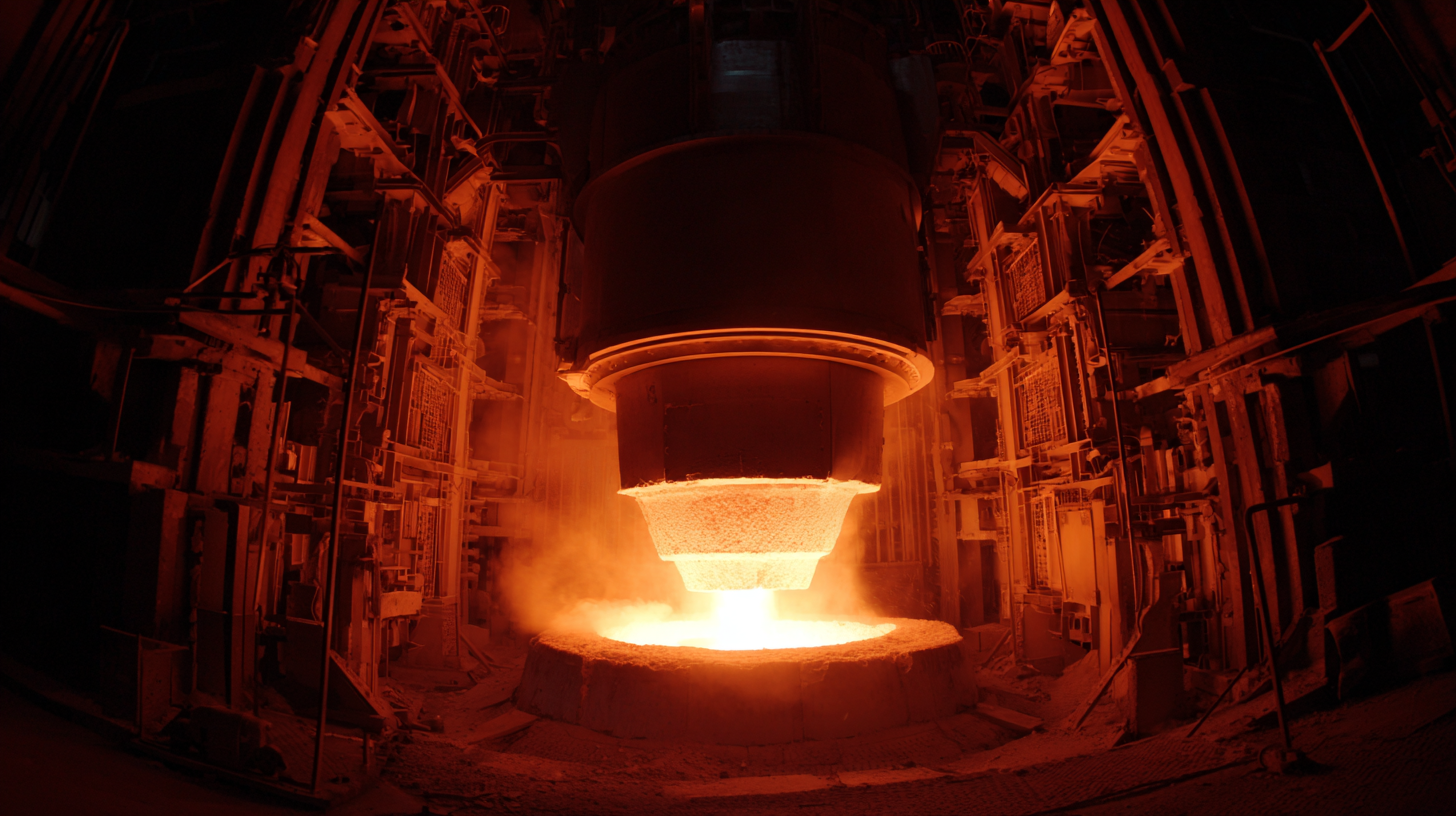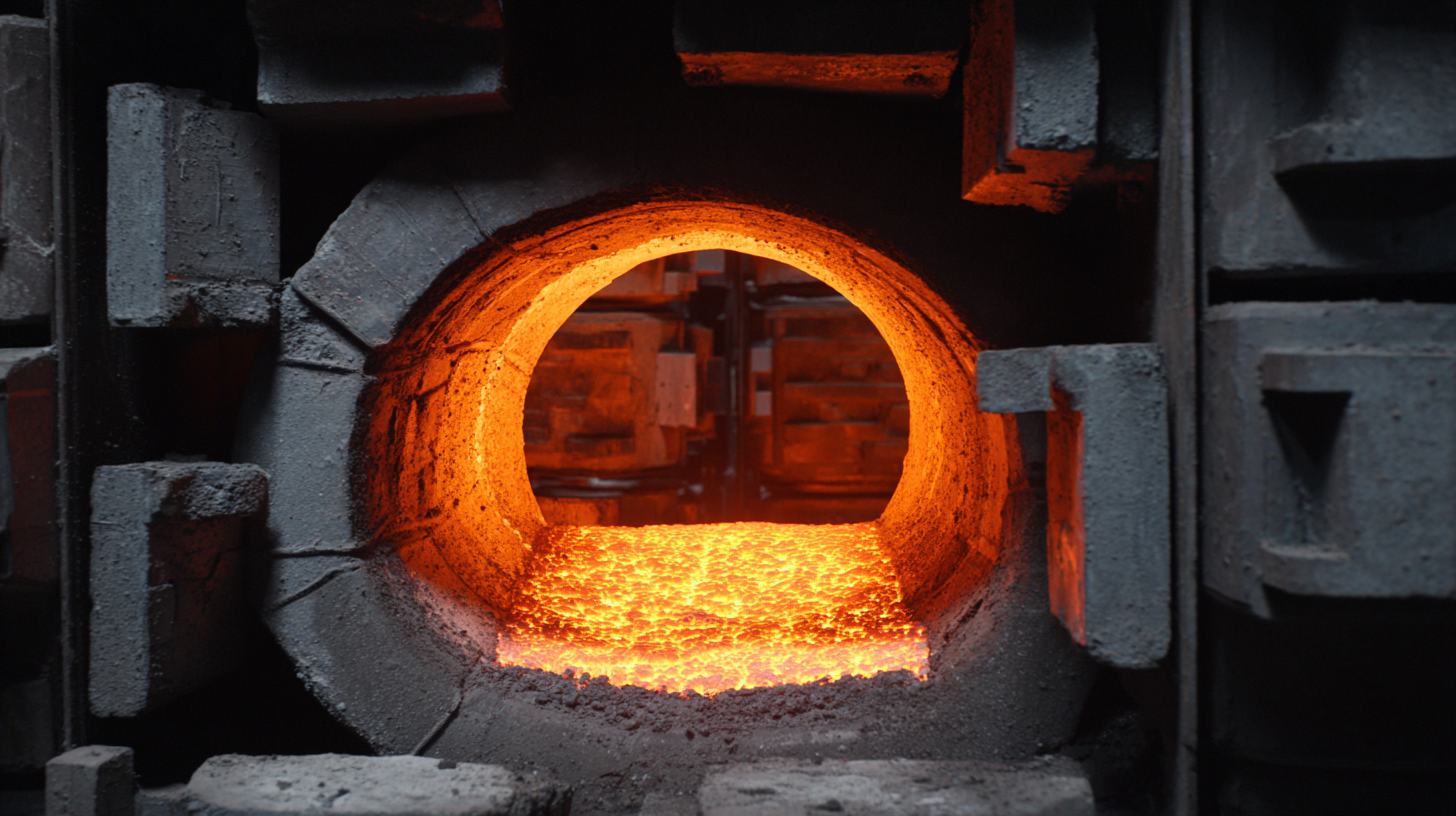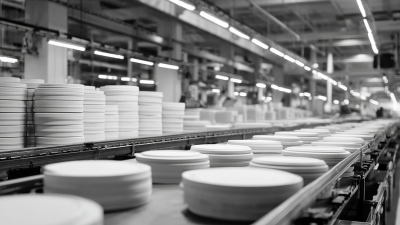Leave Your Message
In the realm of high-temperature production processes, the importance of refractory saggers cannot be overstated. These critical components are designed to withstand extreme thermal conditions while maintaining structural integrity and protecting the materials within them. Understanding the role of refractory saggers is essential for optimizing production efficiency and ensuring the quality of end products. This article delves into the various types of refractory saggers, their construction materials, and their specific applications in industries such as ceramics, glass, and metal processing.

By exploring best practices in the use of refractory saggers, we aim to provide valuable insights that can enhance operational practices and contribute to more sustainable manufacturing processes. Whether you are an engineer, a production manager, or a researcher, grasping the nuances of refractory saggers will empower you to make informed decisions that drive results in high-temperature applications.
Refractory saggers play a crucial role in high-temperature production processes, serving as reliable supports that withstand extreme thermal stresses. Their contribution is particularly significant in industries where materials are subjected to repetitive heating and cooling cycles, such as ceramics and glass. In such environments, refractory saggers must exhibit exceptional durability and thermal stability, ensuring the integrity of the products being processed. The effectiveness of these saggers significantly influences both yield and quality, making them indispensable in high-temperature operations.
Recent advancements highlight the importance of understanding thermal dynamics in various high-temperature environments, from agricultural applications to industrial settings. For instance, studies on thermal cracking in mining environments and cooling strategies for workers emphasize the need for materials capable of withstanding heat stress while improving operational conditions. Moreover, the examination of oxide-based ceramic matrix composites underscores how material innovation can enhance performance in extreme temperatures. As industries evolve and face increasing challenges from climate change and extreme conditions, the role of refractory saggers will only become more critical in ensuring efficiency and sustainability in high-temperature production processes.
| Material Type | Maximum Service Temperature (°C) | Thermal Conductivity (W/m·K) | Applications | Lifespan (hours) |
|---|---|---|---|---|
| High-Alumina | 1650 | 20 | Ceramic and glass production | 5000 |
| Silica | 1500 | 1.6 | Sintering processes | 3000 |
| Zirconia | 2000 | 7.5 | Metal casting and molding | 6000 |
| Magnesia | 1800 | 5 | Refractories for steelmaking | 4000 |
| Alumina-Silica | 1400 | 3.5 | Pottery and glass industries | 3500 |
Refractory saggers play a critical role in high-temperature production processes, particularly in industries such as ceramics and metal production. Their material composition and thermal resistance are essential for ensuring the integrity of the products during thermal processing. Typically made from alumina, silica, or other ceramics, these saggers must withstand extreme conditions, often exceeding 1600°C. Recent studies indicate that optimizing the material composition can enhance their thermal stability, prolonging their service life and improving energy efficiency in manufacturing processes.
In light of increased environmental regulations and the urgent need for resource sustainability, innovative approaches such as hydrometallurgical recycling of lithium from waste saggers are being explored. Research shows that the addition of acid or alkaline additives significantly influences the leaching kinetics and overall efficiency of lithium recovery. This trend not only addresses waste management but also supports the circular economy by reclaiming valuable materials.
Tip: When selecting refractory saggers for high-temperature applications, consider the specific thermal properties required for your production process, as well as potential recycling opportunities to enhance sustainability. Furthermore, regularly evaluate the composition of your materials to optimize performance and minimize waste.
Refractory saggers play a crucial role in industries such as glass and ceramics production, where they are essential for supporting products during high-temperature firing processes. These specialized materials are designed to withstand extreme thermal conditions, often exceeding 1,500°C, without deforming. According to the latest market analysis by MarketsandMarkets, the global refractory market is projected to reach USD 34.7 billion by 2025, with a significant portion attributed to the increasing demand in the glass and ceramics sectors.
In glass production, refractory saggers are instrumental in ensuring uniform heat distribution, which is vital for achieving the desired quality and consistency of the final product. A report from ResearchAndMarkets highlights that the global glass market is expected to grow at a CAGR of 3.9% from 2021 to 2026, driving further innovations in refractory materials. Similarly, in ceramics, these saggers help prevent distortion and contamination, which is critical in producing high-quality ceramics used in various applications, from household items to advanced structural components. This burgeoning demand emphasizes the importance of continuous advancements in refractory technology to meet industry standards and operational efficiency.
Refractory saggers play a crucial role in high-temperature production processes, particularly in ceramics and metallurgy. The performance of these saggers is assessed through various metrics, with lifespan and durability being the most critical. According to a report by the Refractory Materials Association, quality refractory saggers can endure temperatures exceeding 1600°C while maintaining structural integrity for over 500 cycles. This impressive durability is essential for minimizing production interruptions and ensuring optimal efficiency in manufacturing operations.
To enhance the lifespan and durability of refractory saggers, manufacturers often subject them to rigorous testing. Recent studies indicate that the thermal shock resistance of saggers is a pivotal factor; saggers exhibiting high resistance can extend their usability by up to 30%. It is recommended to regularly monitor temperature fluctuations and avoid abrupt changes, as these can significantly impact saggers' longevity.
Tips: Always ensure proper heating and cooling protocols are followed to maximize the lifespan of your refractory saggers. Additionally, consider using insulating materials that protect saggers from direct temperature extremes, reducing wear and tear. Regular assessments can also help identify early signs of degradation, enabling proactive maintenance and replacement strategies.

The development of refractory saggers plays a crucial role in enhancing cost efficiency within high-temperature production processes. By utilizing advanced materials that can withstand extreme conditions, manufacturers can reduce the frequency of replacements and maintenance, leading to significant savings over time. The longevity and durability of these saggers not only minimize operational interruptions but also optimize energy consumption, contributing to overall production efficiency.

Investing in research and development (R&D) for refractory sagger technology is essential for firms aiming to maintain a competitive edge in the market. Innovations such as improved thermal stability, lighter weight designs, and resistance to thermal shock have emerged from focused R&D efforts. These advancements not only improve performance but also lead to decreased waste and a lower environmental impact, aligning with broader sustainability goals. As companies continue to innovate, the economic benefits of these developments will likely escalate, positioning them favorably in an increasingly demanding industrial landscape.






